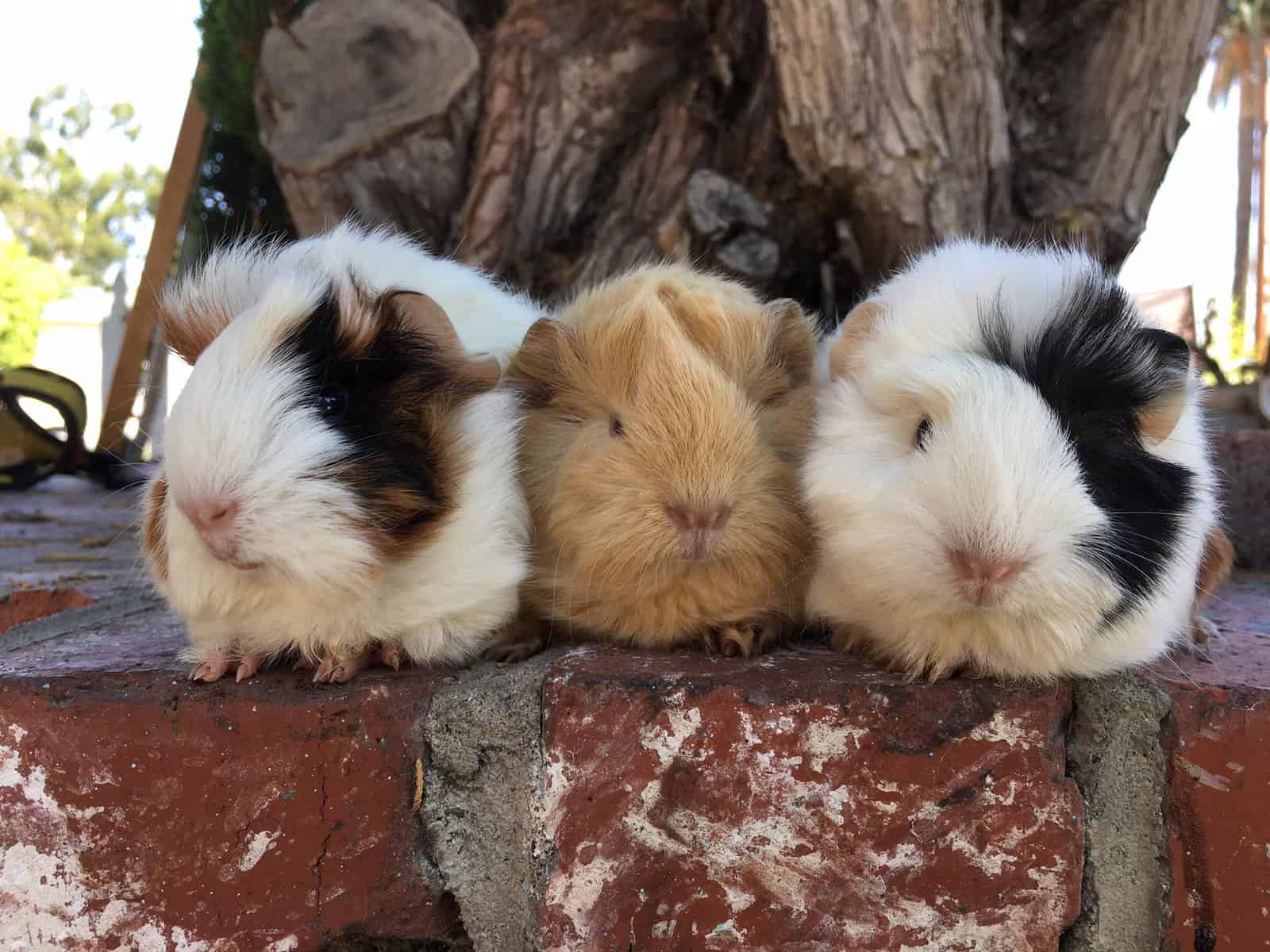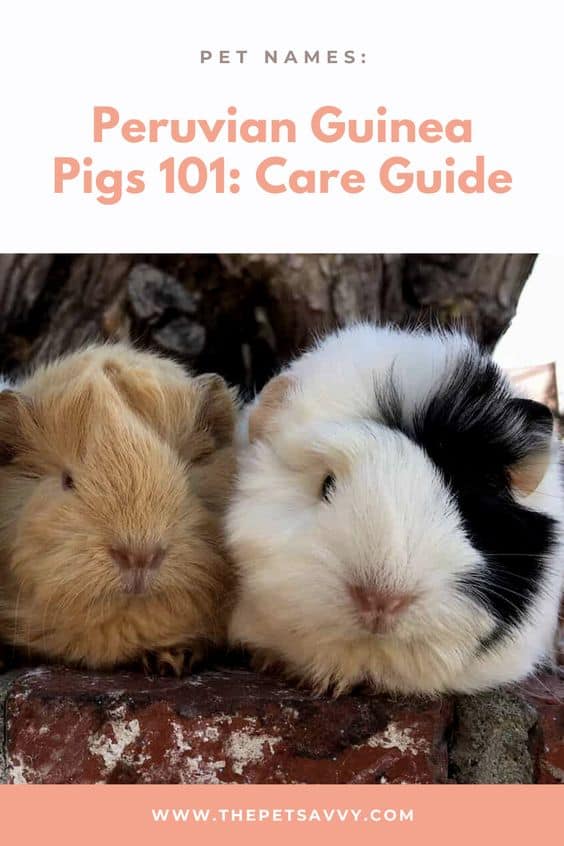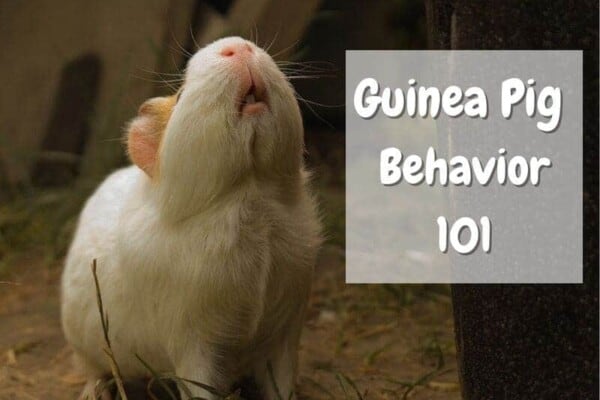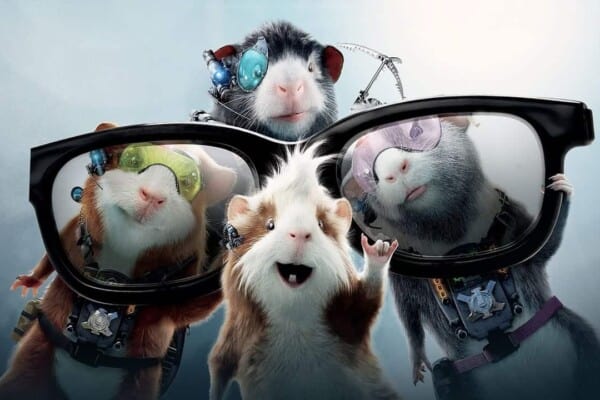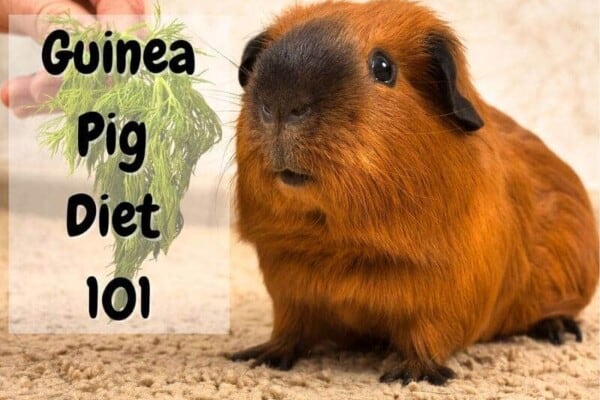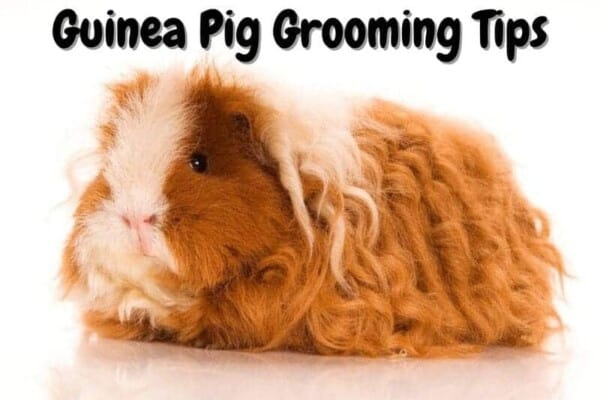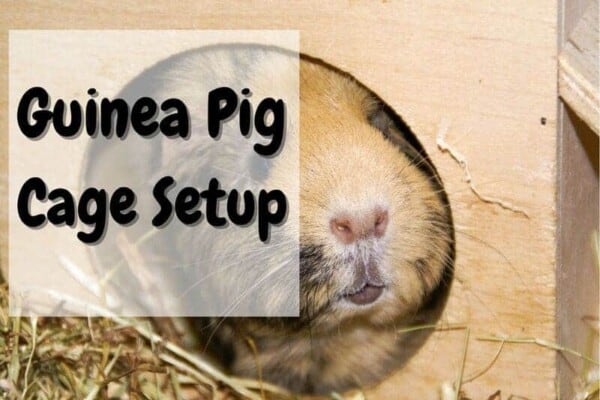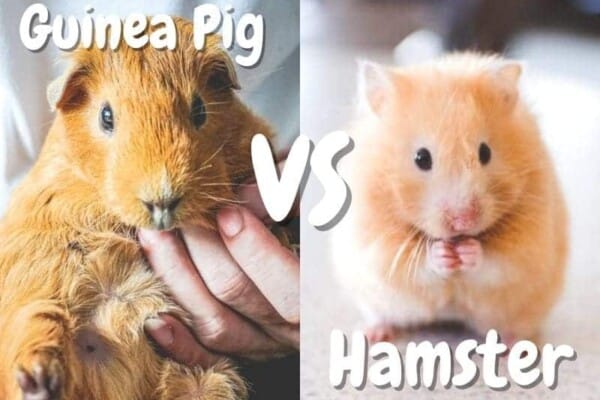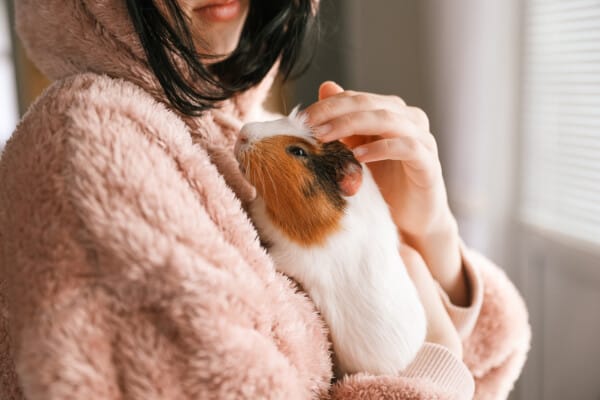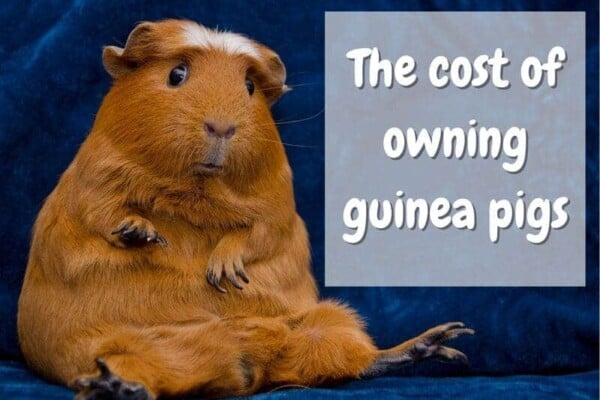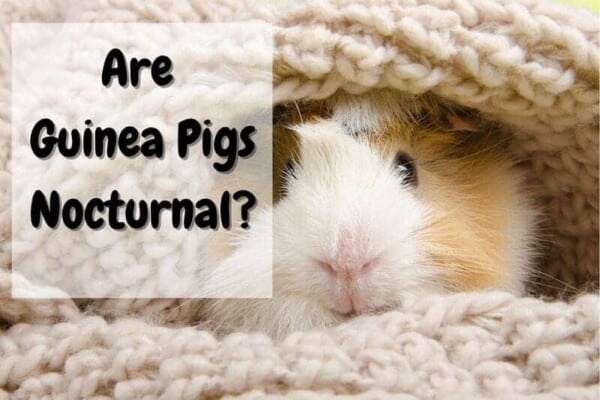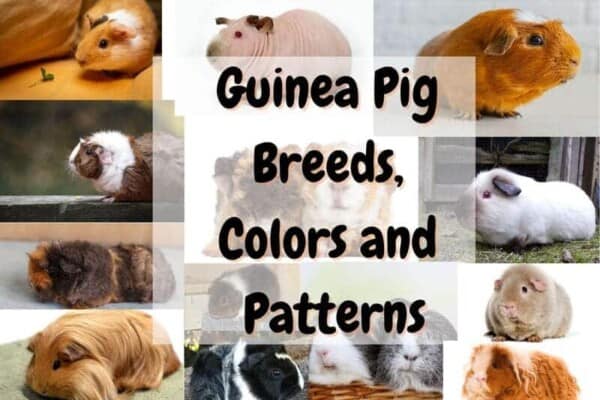There are a lot of adorable pets you can get for yourself or for your kids, but very few of them will stay adorable as they grow older.
There is one however that will not only stay adorable, but instead it will get more and more lovable as time moves on.
We are talking about the Peruvian guinea pig, one of the most popular guinea pigs in the world, and for good reason too.
If you are interested in getting your hands on one or if you’re just curious enough to search for fun facts about these loveable little furballs, you’ve come to the right place because today we will guide you through everything you need to know about them.
But before we can get into the interesting fun facts that everybody’s interested in, how about we first give you a brief rundown of the breed’s history:
The Origins of the Peruvian Guinea Pig
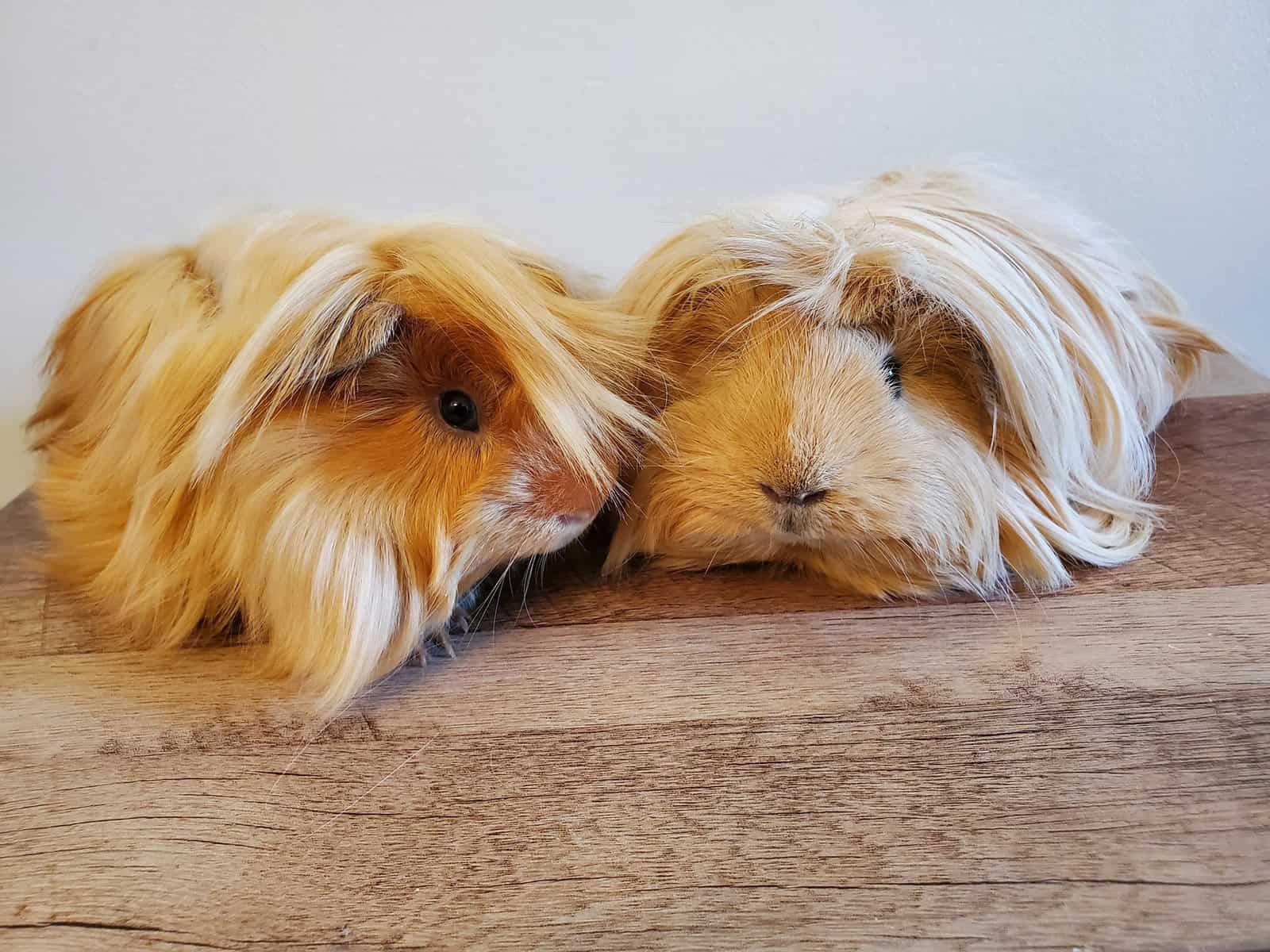
It is believed that the Peruvian cavies date back all the way to the 15th century, making it one of the oldest breeds we’ve ever discovered. On top of that, the Peruvian guinea pig breed is also one of the first long haired breeds of cavies to have ever been found.
A lot of people also believe that they were originally lab-bred just like the Skinny Pig, but this doesn’t seem highly likely since they do seem to stem from the South American countries instead.
As such, the general consensus for the Peruvian Guinea Pig is that it originates from places such as Bolivia, Argentina and Peru, which is also where the name comes from.
Interestingly enough though, these animals were never all that popular around South America, with them only really catching wind around the 16th century when they started to be domesticated around France.
Because of their cute appearance and their friendly demeanor, they instantly became a hit around there, and it didn’t take long before they would start to be shipped all around the globe, becoming a widespread globally beloved breed in no time.
The Appearance of the Peruvian Guinea Pig
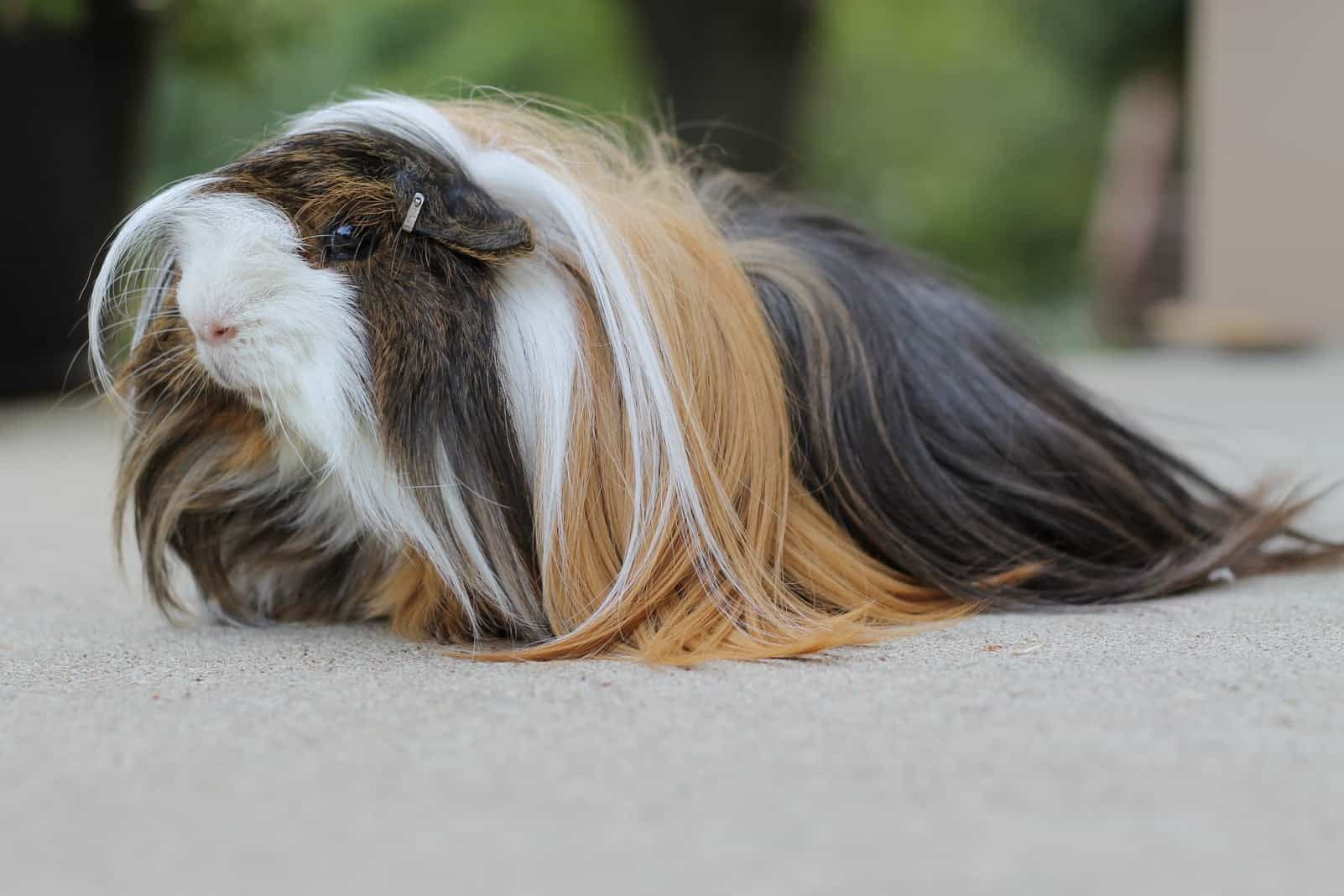
Based on how much hype there is behind the Peruvian guinea pig breed, you may think that there is something special about it when it comes to its general size, but you’d be mistaken.
In fact, there is no inherent difference between it and any other guinea pig breed out there. It is just as short, stout and “spud” looking as you’ve come to expect from them.
Most Peruvian guinea pigs also weigh in at around 1 to 3 pounds, with most males reaching the tip of that measurement and most females being on the lighter end.
When it comes to their length though, you can expect the Peruvian guinea pig to be as long as 10 to 14 inches or so. A notable difference between it and most other guineas out there is the fact that it has a much smaller head than you’d expect it to have.
But, by far the most unique characteristic when it comes to the Peruvian guinea pig’s appearance is its luscious long and silky hair.
There are no other breeds out there that carry this trait, with most of these coats measuring as long as 14 inches in total. Because of this there are a lot of people out there that refer to the Peruvians as the Rapunzels of the guinea pig world.
Coat Color Variations
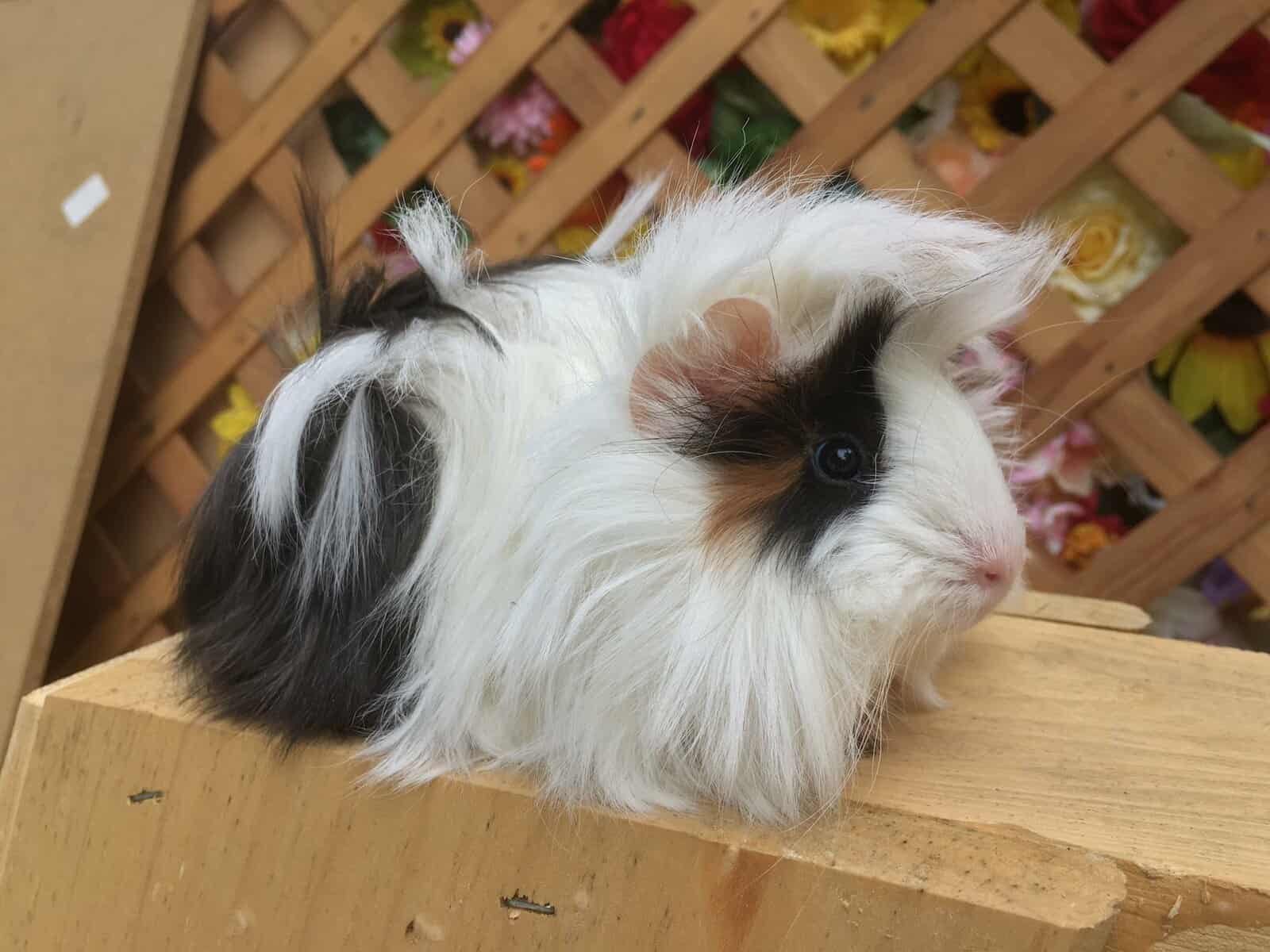
As you can probably expect by now, the Peruvian guinea pig breed comes in all sorts of color variations, with the most popular and common being the “self” and bi-colored types.
You may also find a tri-colored variety out there, but it is quite rare so if you are specifically trying to get your hands on one, you may want to prepare an extra budget and get ready to search a lot more until you find a good one to purchase.
The main reason for this is the fact that the Peruvian guinea pigs carry an extra gene which makes their hair so soft and shiny in the first place, while also making most of them single or bi-colored.
Many people also confuse this breed with other long-haired cavies, such as the Silkie and the Coronet, but you can actually tell the difference between them quite easily considering the fact that the Silkie and Coronet varieties have hair that sweeps off of their face.
As you can tell from the pictures here, the Peruvian’s hair has a middle-parting which goes all the way down to its back.
The Personality of the Peruvian Guinea Pig
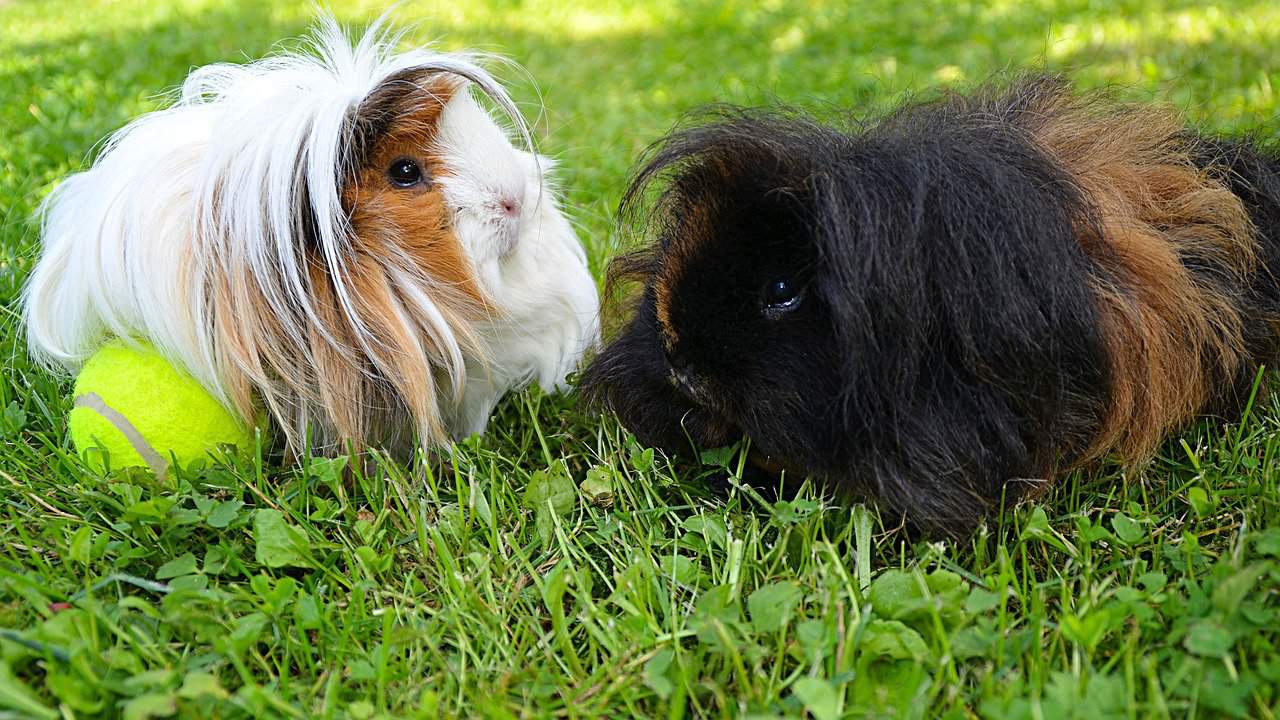
But regardless, you can’t be expected to pay so much more money for this breed just because of its surprisingly soft and long hair, right? Well of course not, there are actually quite a few extra features that the Peruvian guinea pig holds that makes this such a sought-after breed.
For one, their personalities are to-die-for, as they’re just so cuddly and friendly, they literally always try to get in your arms to be petted.
They are also known to be extremely good pets for young children as they are completely harmless and they will bond with them from the get go.
Do keep in mind however that they are also known for being very curious, almost to a fault as they can easily end up being too nosy for their own good.
So, if you are a more outgoing individual and you want a pet that will never stop looking for fun ways to spend the time, we always recommend going for a Peruvian guinea pig.
Food and Diet
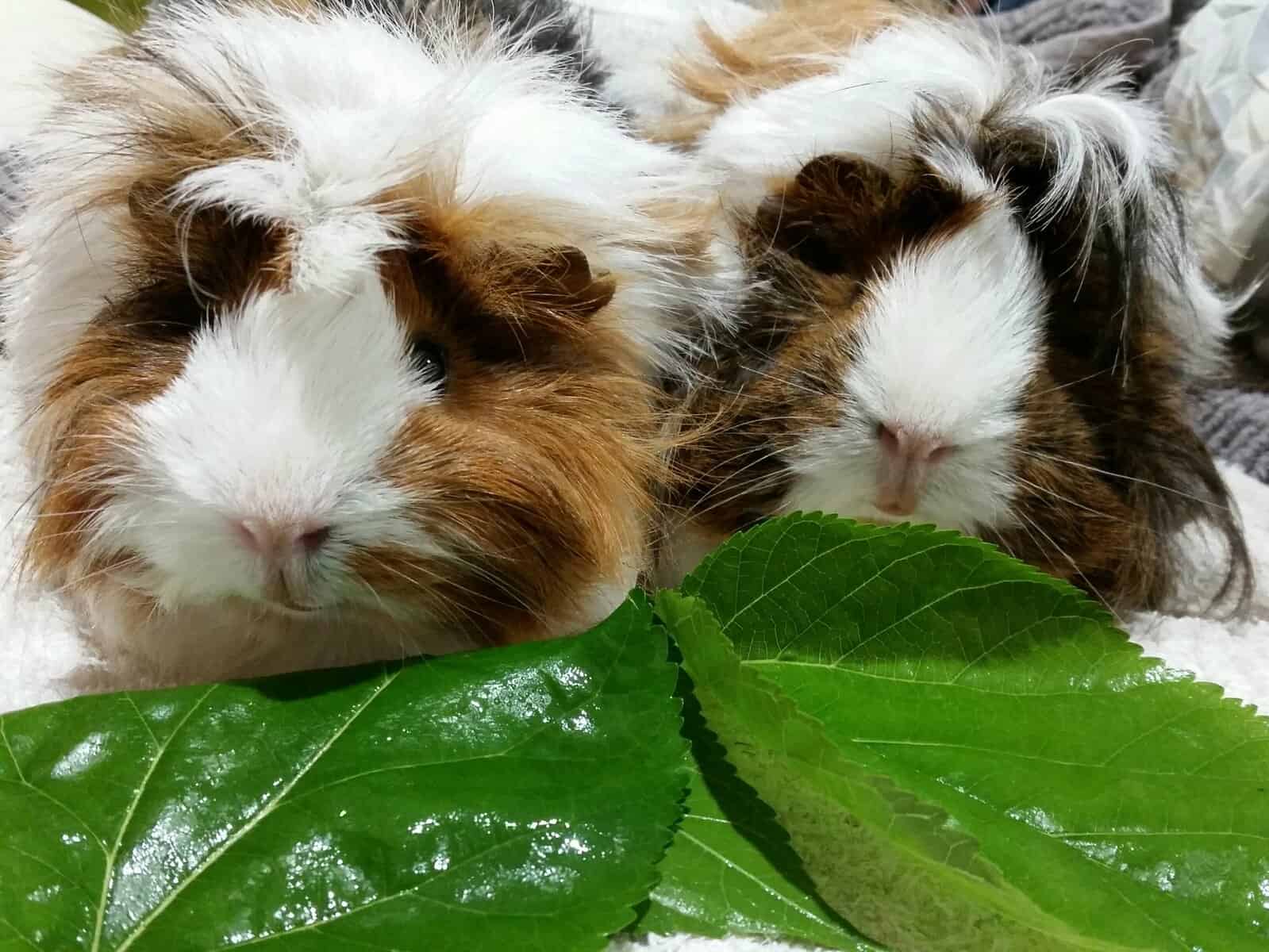
The diet of the Peruvian guinea pig will actually heavily influence its skin and hair condition, which is why if you do want your Peruvian guinea pig to look the same way it looks in online pictures, you will want to invest quite a bit into this avenue.
For example, you will need to give your Peruvian Omega-3 fatty acids on a daily basis, since it is a universal aid for them, helping both their coats and their overall health.
On top of that you should also know that Guineas can’t synthesize vitamin C, which is why you’ll need to add it to their diet.
This is an important part of their overall health because it will boost their immune system and make sure that they don’t catch anything such as scurvy for that matter.
Vegetables and leafy greens should not be missing from your guinea pig’s diet either, and while fruits are not inherently bad for them, you should not feed it to them all that often because of their dangerously high sugar content.
Last but not least we would like to mention the fact that Peruvian guinea pigs need all the other essentials that most other guineas need, such as:
- High quality pellets
- Clean Hay
- Vitamin C rich snacks
How to Take Care of a Peruvian Guinea Pig
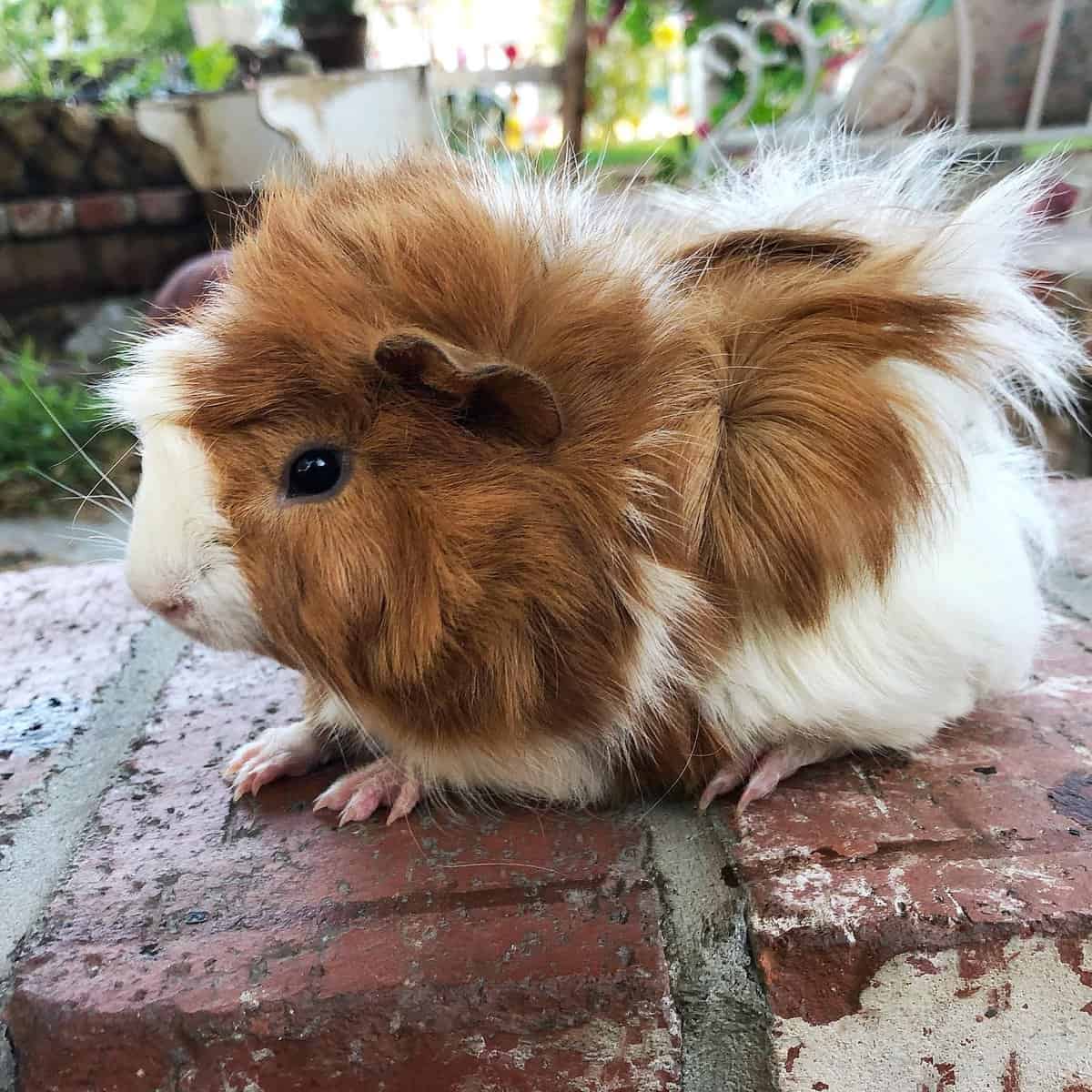
Taking care of a Peruvian guinea pig is actually a lot easier than you’d think, since they need much of all the same that the other guineas need to survive.
The one aspect that differs though is the grooming side of things, since they are a lot fluffier and they need a lot more help there.
With that being said though, this is all you need to know in order to take care of a Peruvian guinea pig:
Cage Size
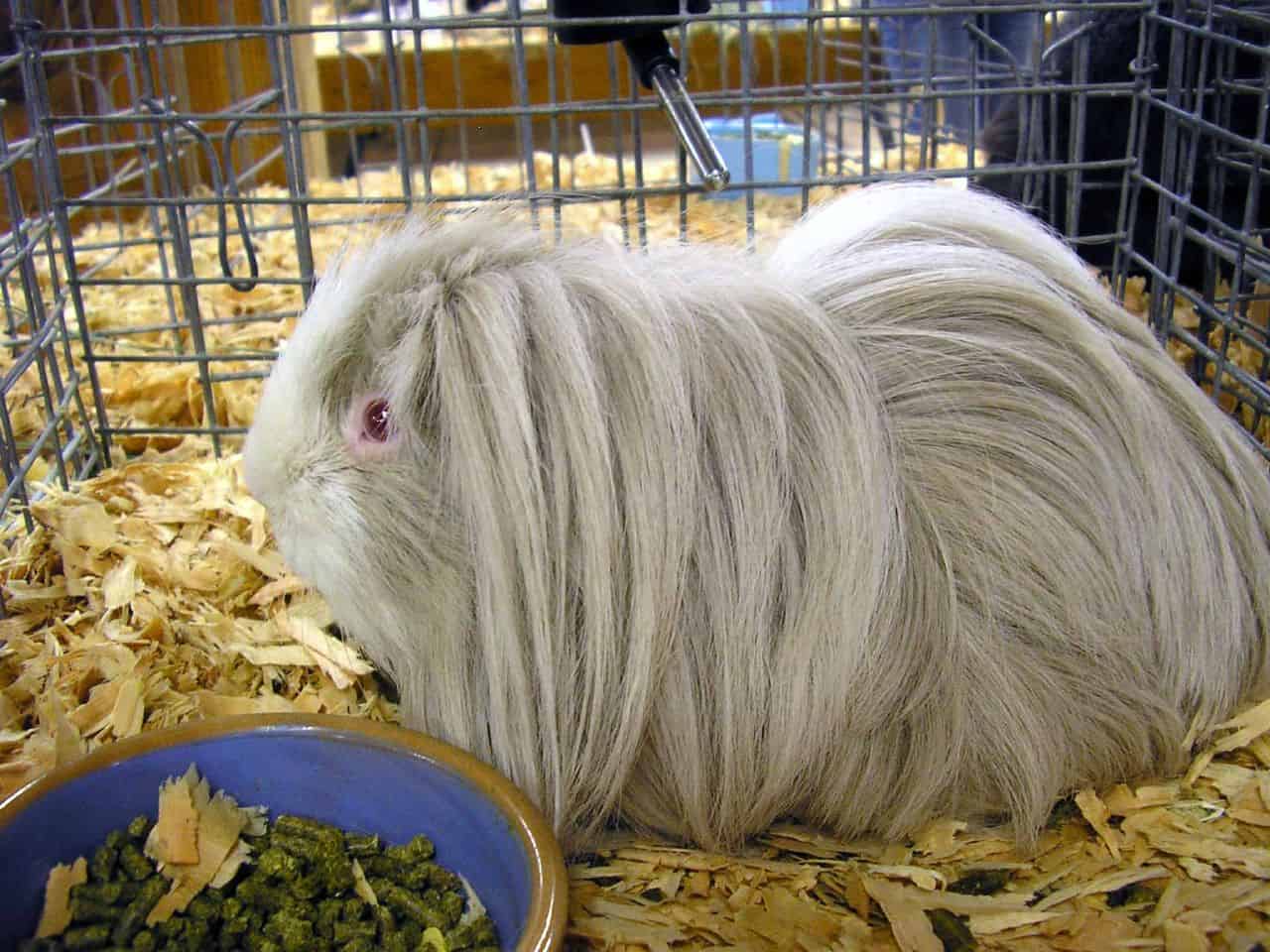
Guineas actually need a lot larger cages than you’d think. Many people believe that just because they are on the smaller end, they don’t need all that much room to live a good life in, but you’d be mistaken.
They actually need a cage that is big enough for them to sleep in, exercise, eat and explore, if any of these requirements are not met then you need to invest into a bigger cage.
Hutch Requirements
If you want your guinea pig to live a happy and long life then you will need to invest in the following key items:
- Hay (They will need this for their bedding and occasionally to chew on)
- Food bowl (we recommend that you go for a ceramic one so that the guineas can’t break them when they’re curiously playing with them)
- Water bottles
- Hay racks
- Nesting boxes
When it comes to the overall hygiene of the hutch though, there are a few extra things you should know, including the fact that Peruvian guinea pigs need to have their enclosures cleaned at least once per week, if not once per day if you have the time and patience for it.
But what should you be on the lookout for? How about soiled bedding, wee and piggy poo just spread all over.
That in itself will not make your piggy’s coat any worse, but it will eventually deteriorate its overall health which is anything but good.
If you want to, you can also try to train your guinea pig to use a litter box. In case you didn’t know by now, guinea pigs are actually quite smart, so they can easily be trained to do what most other pets couldn’t even dream of doing.
Grooming
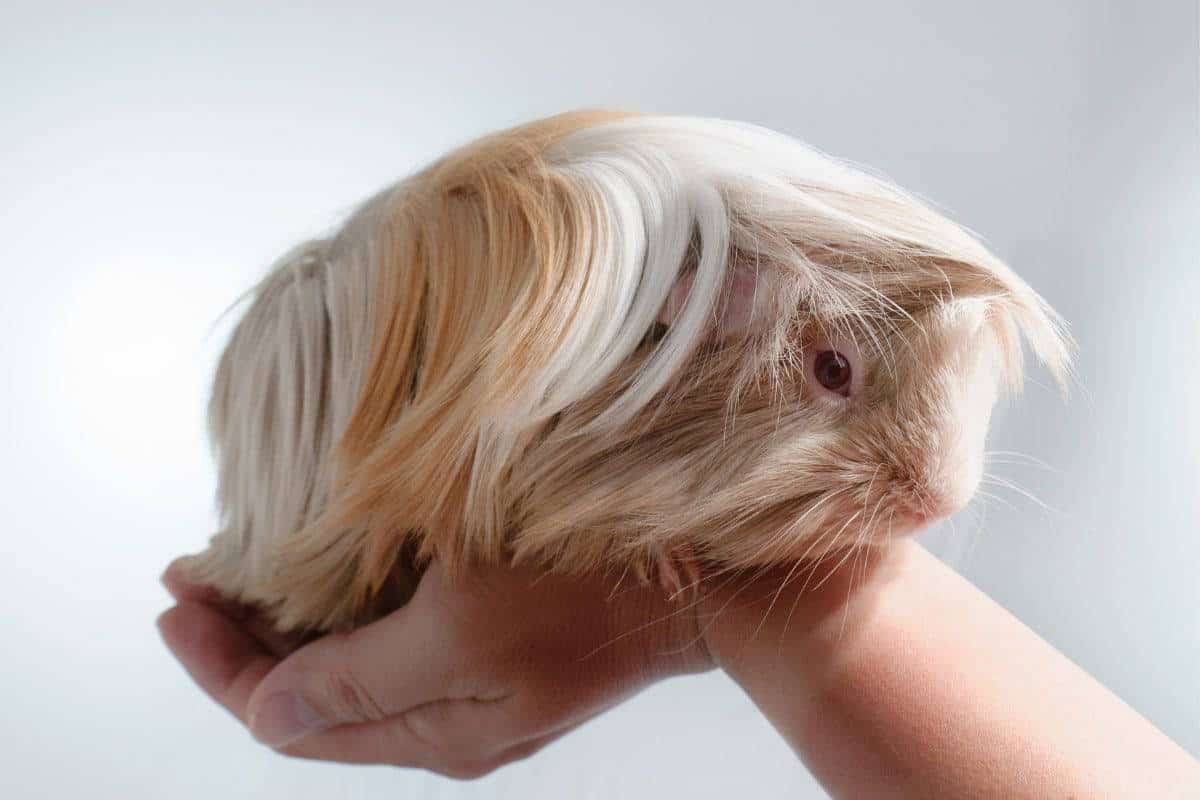
Peruvian guineas will need regular grooming and brushing in order to have long and soft coats, so if you don’t want to do this or you don’t have the time to do it you may want to invest in a different breed altogether.
If you don’t groom your guinea pig every day or for a few days they will start developing matting and knotting in their coats, which is anything but pleasant.
The matting in itself is quite horrifying for them too since it can lead to the skin underneath becoming sore and even getting infected very quickly too.
Before long, your guinea pig will not be able to feed itself or move anymore, so if you want your guinea pig to actually live a long and healthy life, you will need to take proper care of their coat needs every day.
On top of that you will also need to give your Peruvian guineas a haircut every now and then to make sure that there’s no matting happening, and of course, since they are wild animals, you will also need to make sure that they don’t have any hardened droppings or matted fur around their bums.
Brush them every now and then, but if you want your guinea to be show ready you will need to do this every day so that no clumps of hair start showing up everywhere. You may also clip your Peruvian’s hair back in order to make sure that they can see properly too.
Health and Conditions
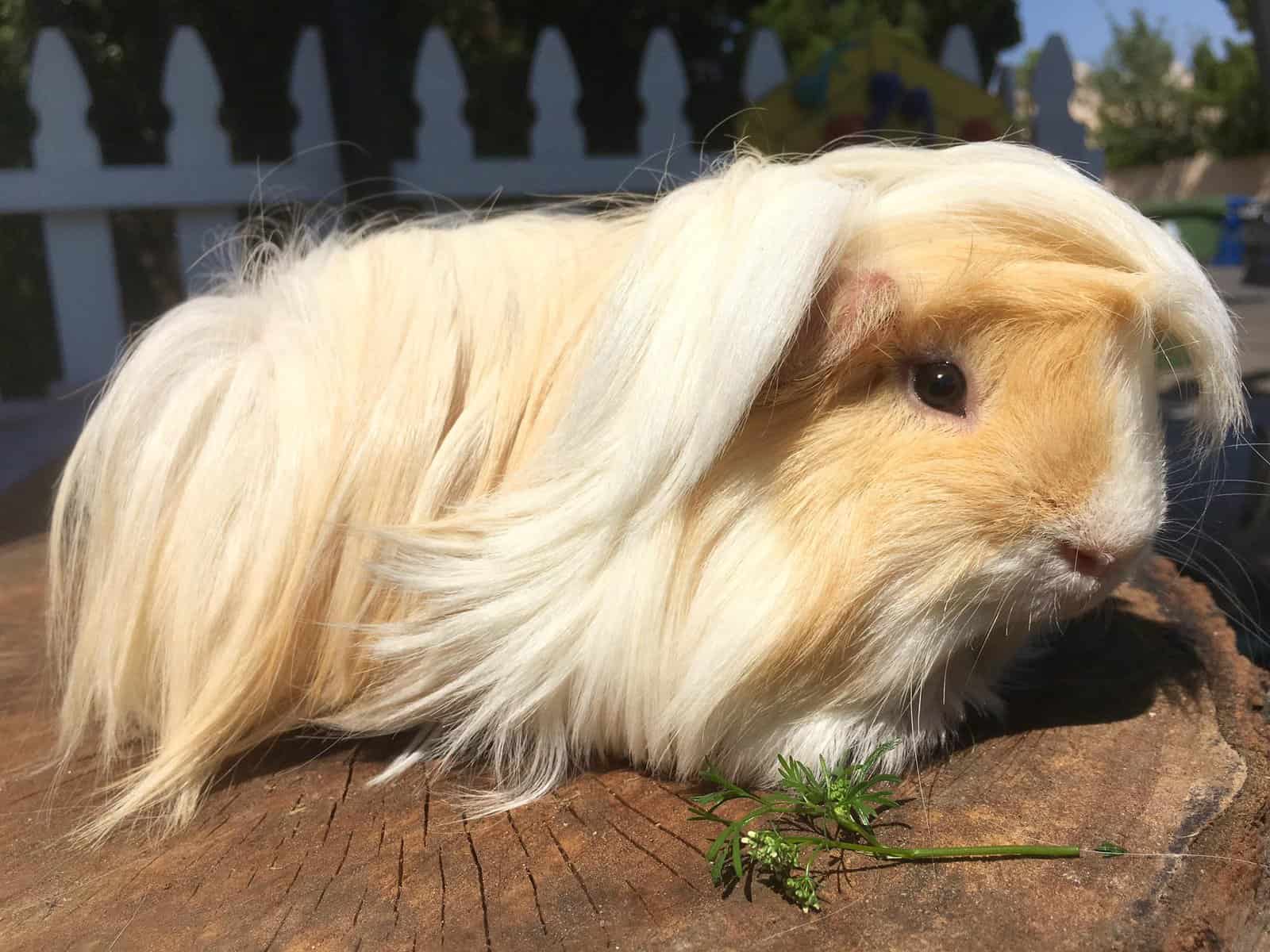
As mentioned previously, the main reason as to why most Peruvians end up dying is the fact that they are not groomed properly or maybe they are kept in dirty conditions, which leads to them developing fly strike.
In simple terms, because of how their furs get clumpy and matted, they end up becoming saturated with urine and feces, which in turn attract flies.
These flies tend to lay eggs in their fur which result in maggots and these maggots will start eating away at your guinea’s skin.
This is nothing to joke at either as this will permanently scar your guinea pig, to the point where they can easily end up losing their lives in the process.
On top of that, they can also end up with skin irritation and limited movement if not properly groomed. So, if you see that your guinea pig has started to move a lot less and is a bit on the dirtier side, you may want to get it groomed because they could very easily end up with the aforementioned Fly Strike.
The ears also need to be examined regularly because they can easily develop an ear infection or mites if you’re not careful.
Last but not least we would like to mention the fact that if your guinea pig does not have enough vitamin C in their diet, they will easily develop scurvy which will either take their lives or result in hair loss.
Peruvian Guinea Pig Price
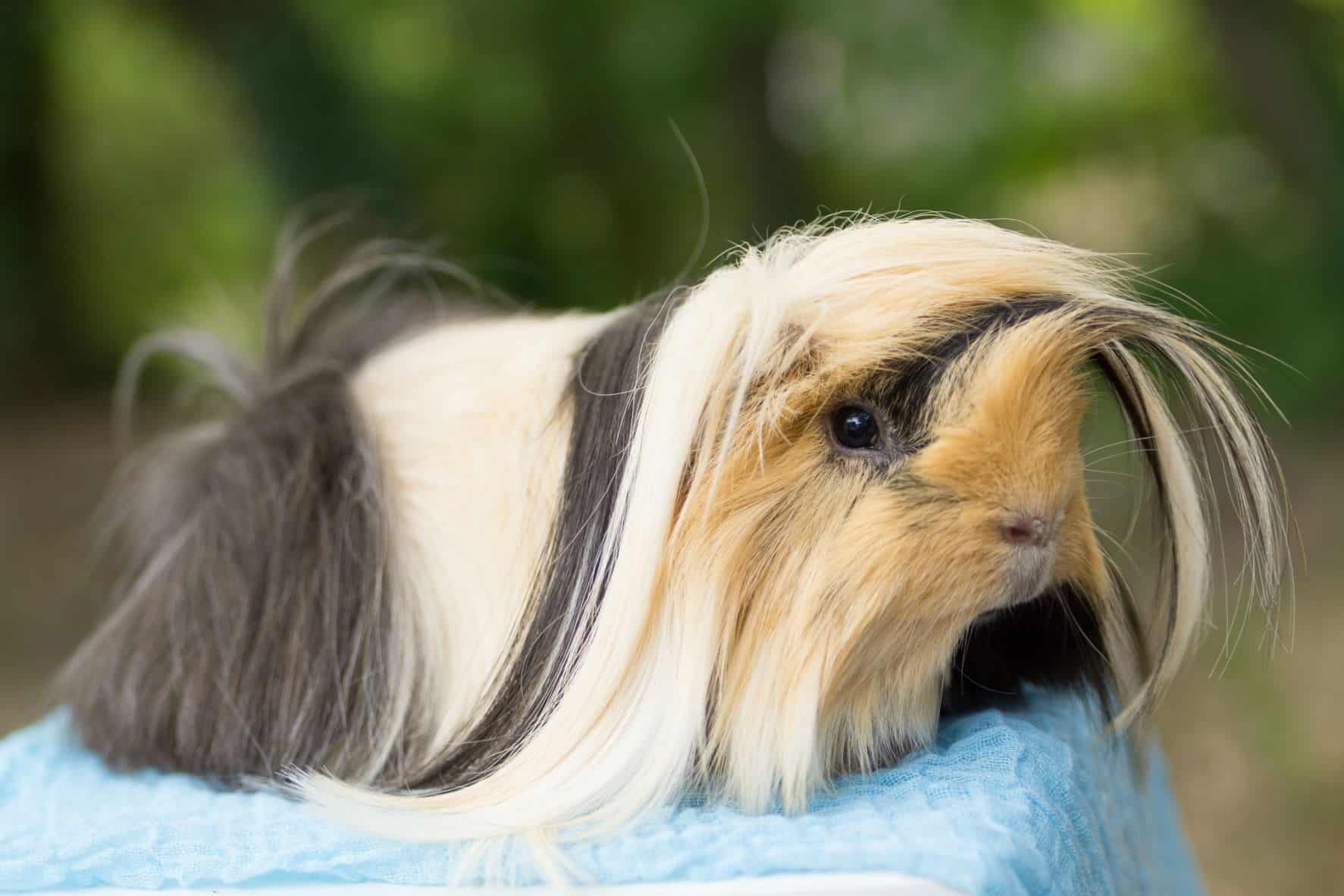
If you decided on getting yourself a Peruvian guinea pig then you may be wondering where you can find one. Well, the answer is quite simple, you usually can’t since they’re largely unavailable around large commercial pet stores or small local pet stores.
Instead, you will need to look for them around specialized breeders and pet stores, since they are quite a bit more expensive than the average guinea pig and nowhere near as demanded as them.
But, if you do happen to find one, you can expect to find it at around $25 to $50 per guinea pig, which is still within most people’s budgets.
Should You Get a Peruvian Guinea Pig?
Is the Peruvian guinea pig the right one for you? Well, just ask yourself these following questions right here:
- Do you have the time and money to invest in this beautiful breed?
- Can you afford to spend hours upon hours getting to know them and most importantly training and grooming them on a daily basis?
- Do you have enough experience to know how to properly take care of a Peruvian guinea pig?
If you answered ‘no’ to any of those questions then chances are that the Peruvian guinea pig is not the right one for you.
Don’t fret too much over this though, as you can still get your hands on a very good low maintenance short haired guinea that will be perfect for you.
If you’re looking for a good alternative to the Peruvian guinea pig you can always just invest in the following:
- The American guinea pig
- The Teddy guinea pig
- The White Crested guinea pig
- The Rex guinea pig
Conclusion
So, there you have it, that’s all there is to know about the Peruvian guinea pig. It is definitely not the easiest breed to take care of and while it may be the most adorable option out there, it is still not the best breed to invest into if you can’t properly take care of its needs.
Regardless, we thank you for reading this post and we hope that we managed to help you decide on whether you should buy yourself a Peruvian guinea pig or not.

